Keeping the Northwest Wild: The Role of Conservation in Protecting our Wilderness
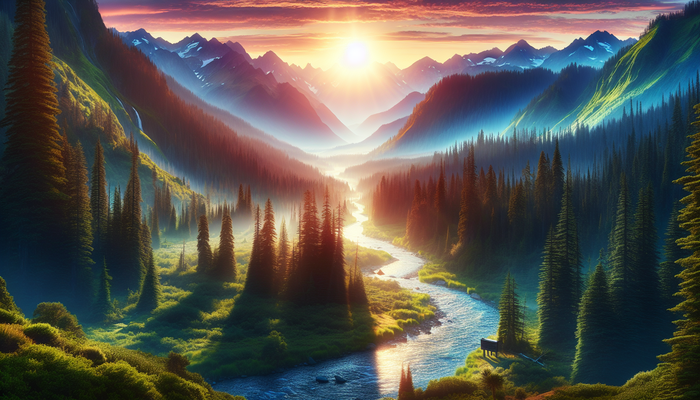
The awe-inspiring wilderness of the Pacific Northwest, stretching from the rugged Washington Coast to the majestic British Columbia Rockies, is a testament to the raw beauty of nature. Conservation Northwest, a dedicated organization operating in this region since 1989, has been at the forefront of protecting these wild spaces and the diverse wildlife that call them home.
This article delves into the critical role that conservation plays in preserving the northwest's wilderness for future generations. It explores the value of these untamed landscapes, the current efforts to safeguard them, and the challenges that lie ahead, while also offering insights on how you can contribute to this noble cause.
The Value of Wilderness
The wilderness areas of the Pacific Northwest provide immeasurable value to the region and its inhabitants. These pristine landscapes:
• Safeguard clean drinking water for thousands of communities, with national forests and grasslands serving as the most important water source for over 60 million Americans.
• Offer diverse recreational opportunities, such as hiking, camping, fishing, climbing, and paddling, allowing people to connect with nature and find solace in its tranquility.
• Boost local economies by attracting visitors and enhancing residents' quality of life, with counties boasting permanently protected public land reporting higher per capita income and above-average job growth.
Moreover, wilderness areas play a crucial role in preserving biodiversity and mitigating the effects of climate change. They serve as vital habitats for countless species, providing safe spaces for wildlife to thrive and migrate along corridors. These protected areas also help buffer the impacts of climate change on land, air, and water by providing clean water and flood protection.
Sadly, only 5% of U.S. land is protected as wilderness, with more than 6,000 acres of open space lost to development daily. The Wilderness Act has afforded some of our most precious wild landscapes a reprieve from exploitation and harmful activities, ensuring that future generations can experience the awe-inspiring beauty and spiritual rejuvenation that only untouched wilderness can provide.
Current Conservation Efforts
Conservation Northwest is at the forefront of protecting the Pacific Northwest's wilderness through various programs and initiatives:
• Protecting Wildlands: Focuses on preserving healthy forests, thriving grasslands, and clean watersheds.
• Connecting Habitat: Addresses the need for habitat connectivity due to habitat loss and climate change.
• Restoring Wildlife: Works towards diverse and thriving animal species, indicating healthy forests and watersheds.
The organization collaborates with diverse stakeholders, including conservationists, farmers, Indigenous and First Nations peoples, hikers, climbers, hunters, and anglers to find solutions for conservation. They engage in landscape-level planning processes for multiple species and partner with coexistence programs to avoid conflicts between people and wildlife.
Other notable efforts include:
• The Washington Comprehensive Wildlife Conservation Strategy (CWCS) conserves all wildlife and their habitats, starting with the animals and places most in need of help.
• The Northwest Forest Plan's aquatic conservation strategy (ACS) maintains and restores the distribution, diversity, and complexity of watershed-level features and processes.
• The North Cascades Conservation Council (NCCC) has been instrumental in protecting vast areas of the Northwest wilderness since 1957.
• The Cascades to Coast Landscape Collaborative (CCLC) addresses environmental challenges such as climate change, wildfires, development, and invasive species.
• The Citizen Wildlife Monitoring Project deploys hundreds of citizen scientists each year to document rare and sensitive species using remote cameras and snow tracking.
Challenges to Conservation
Despite the tireless efforts of conservation organizations and dedicated individuals, the Pacific Northwest's wilderness faces numerous challenges that threaten its delicate ecosystems and diverse wildlife. Climate change stands as one of the most pressing issues, with rising temperatures, unprecedented wildfires, and shifting weather patterns altering the fundamental conditions necessary for species survival. These changes impact landscape conditions, leading to increased flooding, drought, coastal erosion, landslides, and the proliferation of invasive species.
Human presence and rapid development in previously undeveloped forested areas further compound these challenges. The encroachment of human populations on forested and floodplain habitats has led to habitat loss, fragmentation, and degradation, creating barriers to wildlife movement and increasing the likelihood of human-wildlife conflicts. Energy development, unsustainable forestry practices, and expanding human activity also threaten the habitats and wildlife of the Northwest.
Invasive species pose another significant threat to the region's biodiversity, affecting both terrestrial and aquatic ecosystems. These non-native species cause serious economic and environmental harm, and their management requires a comprehensive framework for action to avoid, eliminate, or reduce risks to native wildlife. Additionally, disruptions to natural disturbance regimes, such as fires and flooding, can impede the ability of fish and wildlife to move across landscapes or along aquatic habitats, further fragmenting habitats and impacting critical stopover sites.
How You Can Help
Here are some ways you can contribute to conservation efforts in the Pacific Northwest:
• Donate: Support Conservation Northwest's mission through financial contributions, including:
• One-time donations
• Monthly giving
• Stocks, IRAs, and DAFs
• Matching gifts from your employer
• Legacy giving for the future
• Becoming a corporate partner
• Participating in peer-to-peer fundraising
• Attending the annual auction event
• Take Action:
• Stay updated on local conservation efforts and initiatives by signing up for email updates
• Volunteer and participate in Conservation Northwest's conservation efforts
• Intern or seek employment opportunities with the organization
• Educate and Engage:
• Utilize resources and materials provided by Conservation Northwest to learn more about conservation in the Northwest
• Share information with your network to raise awareness about the importance of protecting wildlands, connecting habitats, and restoring wildlife
• Explore educational resources for families and teachers to inspire the next generation of conservationists
• Learn about the role of responsible hunting in conservation efforts
By supporting Conservation Northwest through donations, taking action, and educating others, you can play a crucial role in protecting the awe-inspiring wilderness of the Pacific Northwest for generations to come.
Conclusion
The wilderness of the Pacific Northwest is an irreplaceable treasure that deserves our unwavering commitment to its protection. Through the dedicated efforts of organizations like Conservation Northwest and the support of individuals who recognize the immeasurable value of these wild spaces, we can ensure that future generations will have the opportunity to experience the awe and wonder of unspoiled nature. By working together to address the challenges posed by climate change, human development, and invasive species, we can create a lasting legacy of conservation.
Each of us has the power to make a difference in the fight to preserve the Northwest's wilderness. Whether through financial support, volunteering, or simply spreading awareness, every contribution matters. By embracing our role as stewards of the land and taking action to protect these precious landscapes, we can ensure that the majesty of the Pacific Northwest's wilderness endures for centuries to come.
To learn more go to https://conservationnw.org/
Please support The OutdoorsNW by subscribing today!
You may also like:
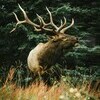
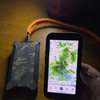

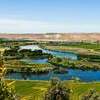

.png)
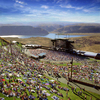
 Loading...
Loading...

.jpg)
